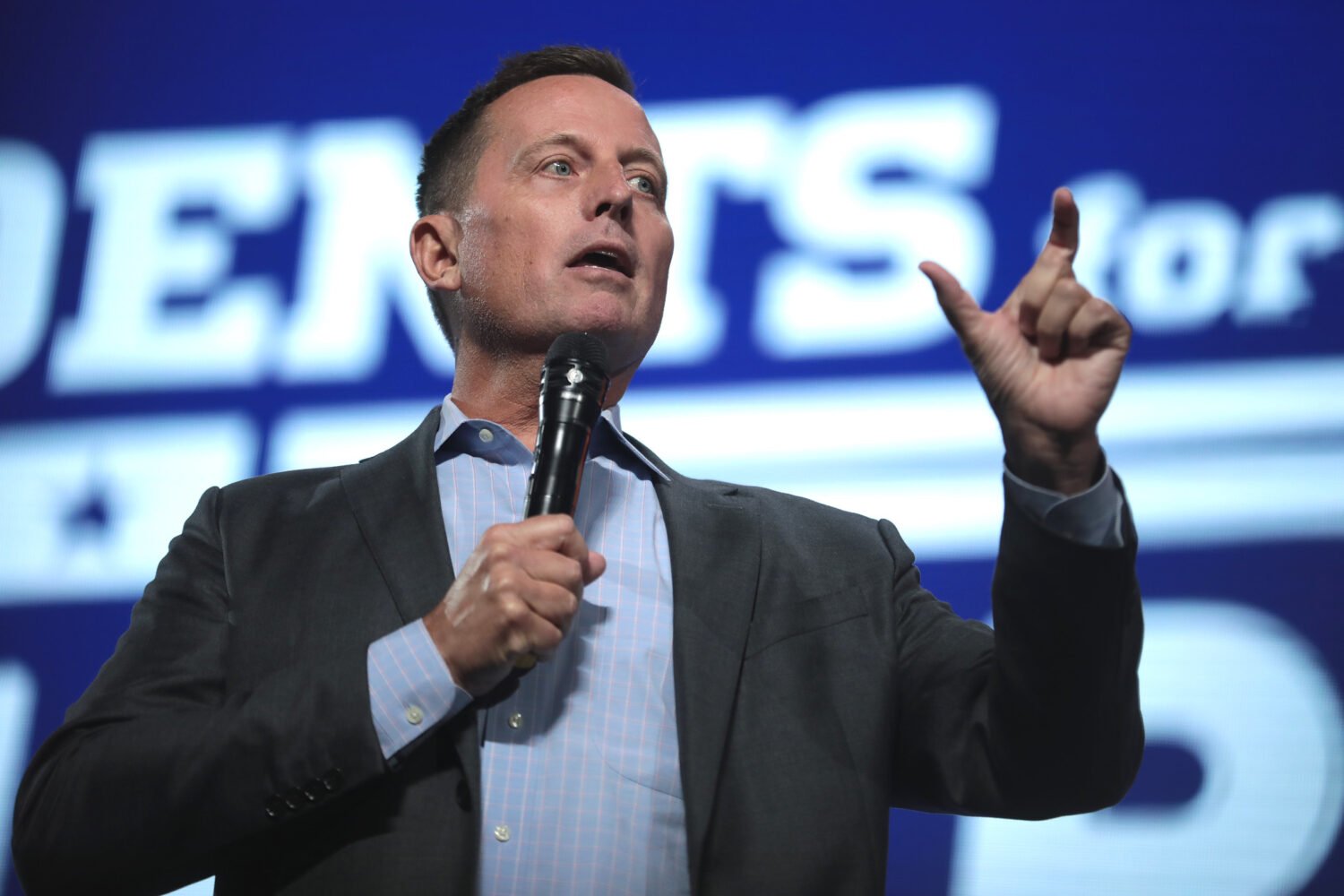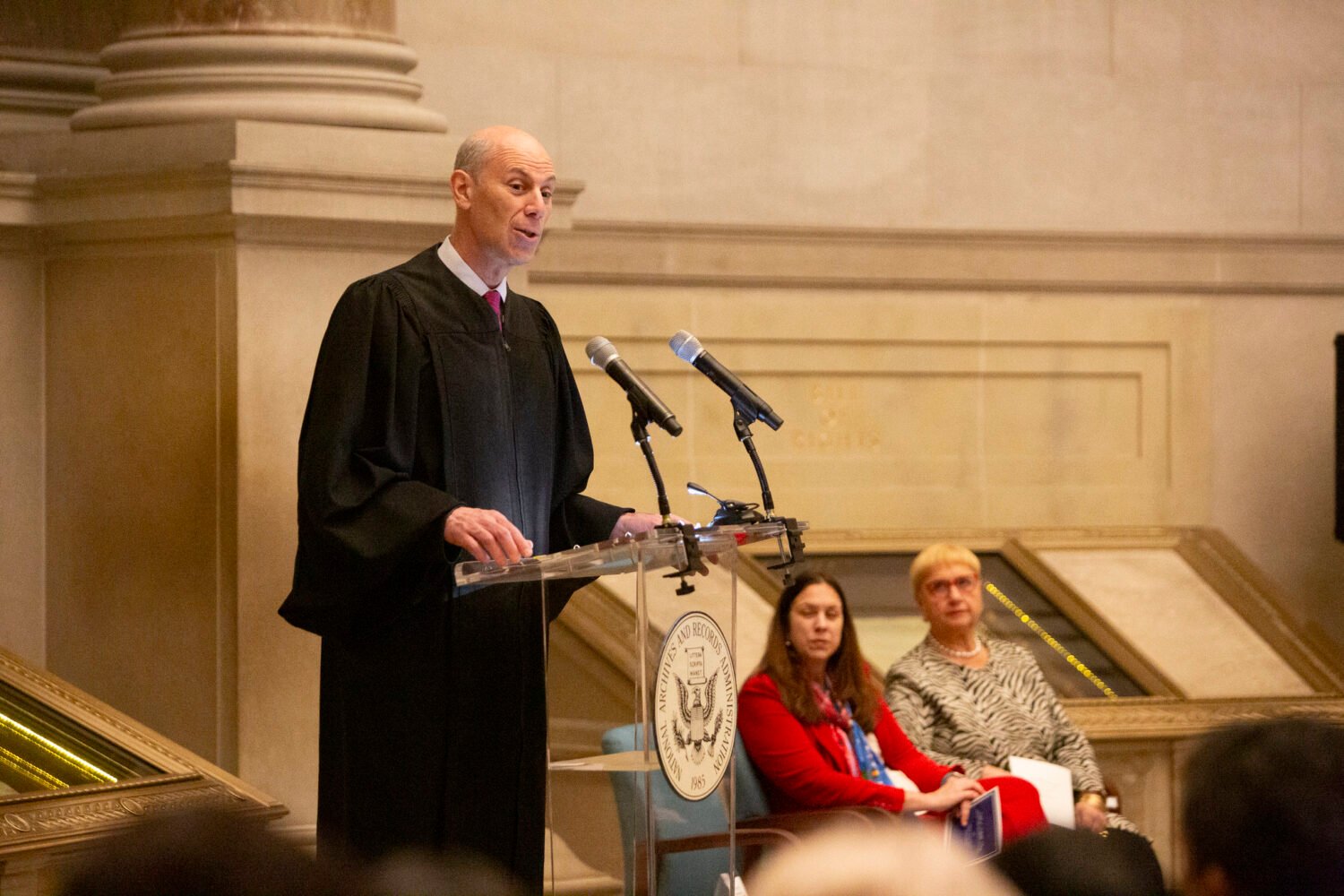The future of the news business is currently sitting unread in your in-box. Or maybe just mine. I get so many e-mail newsletters that they begin to mock me as the day proceeds. 730DC, Axios AM, The Daily 202, and at least 18 others I don’t remember signing up for. So many news organizations are committed to saving me time that I can’t find room in my schedule to read them all.
For followers of politics, the field is especially crowded. And getting more so: In September, the New York Times launched a new daily newsletter on the subject, On Politics With Lisa Lerer.
If the prospect of yet another blast of news and analysis dinging your in-box makes you want to run screaming into the Potomac, you’re probably not the target audience for this latest newsletter, which rather than being aimed at DC insiders is targeting a more mainstream audience.
On Politics isn’t meant to compete with the long-running kings of the genre, Politico’s Playbook and Axios AM (written by Playbook founder Mike Allen). It’s intended for people “who don’t necessarily have aspirations of being insiders,” says Elisabeth Goodridge, the Times’ newsletter editorial director. In other words, On Politics won’t include lobbyists’ birthdays or accounts of who was “spotted” at a Juleanna Glover party, both hallmarks of Playbook’s inside-baseball approach.
The notion of a daily political newsletter for a mainstream readership may seem like heresy to the Washington audience, which Lerer—who works from the Times’ DC bureau and who covered Hillary Clinton in 2016—knows well. Axios, for instance, aims its flagship “AM” and “PM” newsletters at what a spokesperson says is “people in power in politics, media, tech, business, and the world.” That’s also obviously the intended audience for Playbook. (Politico now publishes 31 free newsletters, including eight different Playbooks, and 35 more for subscribers to its paid Pro service.)
The Washington Post has its own slate of popular 202-branded newsletters, including the Daily 202, which was introduced in 2015, and the just-launched Power Up, written by CBS News alum Jacqueline Alemany and covering the city’s power centers such as K Street, the Pentagon, and the media. Though a broader, non-insider readership “wasn’t something we were necessarily aiming for, it was a happy outcome,” says Rachel Van Dongen, the Post editor who oversees the Daily 202 and Power Up newsletter team. “There is a gigantic interest in general in politics.”
When the Times was looking to launch Lerer’s newsletter, the model wasn’t its Washington-focused competitors. Instead, it looked toward the paper’s own lineup of missives, particularly Sam Sifton’s Cooking and Max Fisher and Amanda Taub’s The Interpreter. Those products try to take a more intimate tone than standard newsletter fare, an echo of the way good radio DJs used to make listeners feel they were talking just to them. (Is the inbox the new driver’s seat? Discuss.)
That feeling of intimacy is key to understanding why the Times is keen to enter such a mature marketplace. In these days of waning advertising, it’s no longer enough for news organizations to have readers—they need to forge relationships.
The Times wants you to shower with its The Daily podcast, read its biggest stories during your Metro ride, and glance at your phone each time an alert pops up throughout the day. By the time you get to the end of Lerer’s newsletter, you’ll have spent hours interacting with the Times in ways that have nothing to do with the headline/byline/dateline stories we’ve always thought of as the main product of a newspaper.
Now you feel connected not just to a publication but to a “brand”—and, crucially, to actual people, whose voices you hear on podcasts and whose personal analysis arrives in your e-mail account. That digital Times subscription, the thinking goes, will start to seem less like a bunch of headlines than a real part of your daily life.
This reflects a fundamental change for publishers. In newspapers, advertisers used to pay the freight for readers—those Snider’s Super Foods ads!—but Google and Facebook vacuumed up so much of that money that subscriptions have become exponentially more important. In fact, readers account for about two-thirds of the New York Times Company’s revenue now, almost the percentage that advertising accounted for 20 years ago.
As Lerer herself puts it, the newsletter format allows adopting “a more intimate tone than you can in the paper.” Newsletters aren’t just about delivering information; they’re about creating a connection. So far, that seems to be working. According to Lerer, reactions from readers have been the rarest of all things in covering US politics: pleasant. “I have been really surprised by the amount of feedback that’s been, like, nice,” she says. “People are like, ‘Oh, you’re a real person and we can talk to you.’ ”
Maybe I have time for one more e-mail newsletter after all.
This article appears in the December 2018 issue of Washingtonian.
Correction: This piece originally said incorrectly that On Politics With Lisa Lerer was the Times’ first daily newsletter on politics.




















